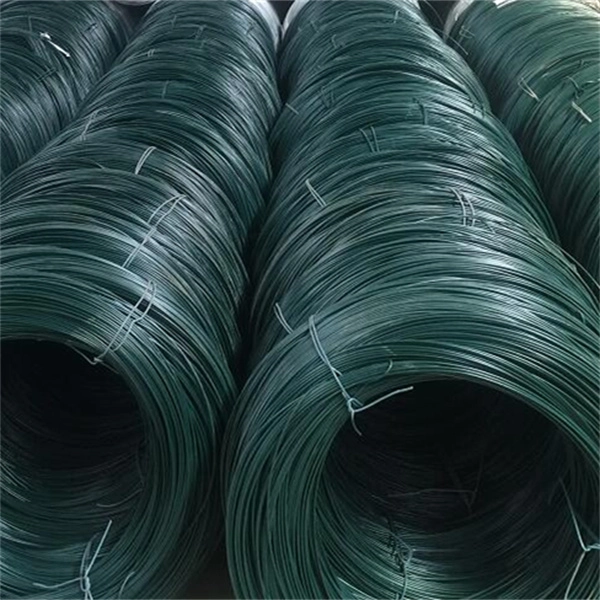फेब . 12, 2025 16:45 Back to list
Galfan Coating Hexagonal Wire Gabions for retaining wall
Gabion walls have become increasingly popular in various applications, from residential landscaping to large-scale civil engineering projects. A key factor contributing to their widespread use is the impressive lifespan these structures can offer, which is often a critical consideration for clients seeking durable and sustainable solutions. This article explores the longevity of gabion walls, providing empirically-backed insights and professional recommendations for maximizing their lifespan.
Environmental factors, such as climate and local geography, play a critical role in the longevity of gabion walls. Areas exposed to heavy rainfall or freeze-thaw cycles must consider drainage and expansion issues to avoid structural weakening. In such scenarios, proper drainage facilitation through the installation of geotextiles can mitigate water pressure and reduce the risk of frost heave damage. Additionally, understanding local soil characteristics can aid in selecting appropriate foundation preparations, preventing undue stress and potential structural failure. Installation techniques are also crucial determinants of a gabion wall’s lifespan. Proper installation requires skilled labor to ensure that each gabion basket is correctly assembled, filled, and stacked. Attention to detail in tying off wire ends and securing connections between baskets is essential to prevent deformation or collapse. Furthermore, the foundation must be adequately prepared to support the weight and intended load of the wall, often involving compaction and, if necessary, reinforcing with concrete or other stabilizing materials. Maintenance practices are integral to ensuring the prolonged durability of gabion installations. Regular inspections can preemptively identify issues such as wire corrosion or stone displacement, allowing for timely interventions. Simple maintenance tasks include tightening or replacing wires and adding stones where settling may have occurred. Implementing a proactive maintenance plan can effectively extend the operational life of a gabion wall by addressing wear and tear before it compromises structural integrity. In conclusion, while gabion walls are inherently robust structures capable of enduring diverse environmental challenges, their lifespan can be maximized through informed choices regarding materials, installation, and ongoing care. By adhering to best practices and taking preventative measures, gabion installations can serve as sustainable, reliable solutions for decades. This combination of durability, flexibility, and aesthetic appeal continues to make gabion walls a preferred choice for engineers and landscapers seeking long-lasting solutions. For those invested in eco-friendly construction, the ability to source locally available materials further enhances the practical and ethical viability of gabions, reinforcing their standing as a formidable option in modern construction paradigms.


Environmental factors, such as climate and local geography, play a critical role in the longevity of gabion walls. Areas exposed to heavy rainfall or freeze-thaw cycles must consider drainage and expansion issues to avoid structural weakening. In such scenarios, proper drainage facilitation through the installation of geotextiles can mitigate water pressure and reduce the risk of frost heave damage. Additionally, understanding local soil characteristics can aid in selecting appropriate foundation preparations, preventing undue stress and potential structural failure. Installation techniques are also crucial determinants of a gabion wall’s lifespan. Proper installation requires skilled labor to ensure that each gabion basket is correctly assembled, filled, and stacked. Attention to detail in tying off wire ends and securing connections between baskets is essential to prevent deformation or collapse. Furthermore, the foundation must be adequately prepared to support the weight and intended load of the wall, often involving compaction and, if necessary, reinforcing with concrete or other stabilizing materials. Maintenance practices are integral to ensuring the prolonged durability of gabion installations. Regular inspections can preemptively identify issues such as wire corrosion or stone displacement, allowing for timely interventions. Simple maintenance tasks include tightening or replacing wires and adding stones where settling may have occurred. Implementing a proactive maintenance plan can effectively extend the operational life of a gabion wall by addressing wear and tear before it compromises structural integrity. In conclusion, while gabion walls are inherently robust structures capable of enduring diverse environmental challenges, their lifespan can be maximized through informed choices regarding materials, installation, and ongoing care. By adhering to best practices and taking preventative measures, gabion installations can serve as sustainable, reliable solutions for decades. This combination of durability, flexibility, and aesthetic appeal continues to make gabion walls a preferred choice for engineers and landscapers seeking long-lasting solutions. For those invested in eco-friendly construction, the ability to source locally available materials further enhances the practical and ethical viability of gabions, reinforcing their standing as a formidable option in modern construction paradigms.
Latest news
-
Wire Mesh Thickness Impact on Gabion Wall Load Bearing
NewsAug.12,2025
-
Ultimate Guide to Hexagonal Gabion Box
NewsAug.12,2025
-
Types of Rocks for Gabion Baskets Durability and Aesthetics
NewsAug.12,2025
-
Standard Gabion Box Sizes and Their Industrial Applications
NewsAug.12,2025
-
Easy Guide to Building Garden Gabion Cages at Home
NewsAug.12,2025
-
Drainage Solutions for Gabion Mesh Structures
NewsAug.12,2025
-
Visualizing Gabion 3D Integration in Urban Landscapes with Rendering
NewsJul.23,2025
Manufacturer of Silk Screen Products
QuanhuaProvide high-quality products and services to global customers.






